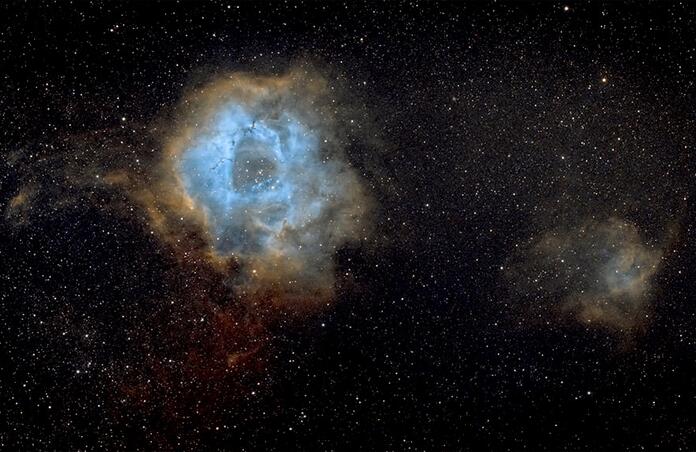Removing that noise from astrophotography pictures

Noise in astrophotography is like wind in flying. You just have to get used to it. Every pilot knows that you have to get comfortable with the wind. The way to do this, is to get to know it better, and to accept their limitations when the wind exceeds their skill and experience level.
Noise in astrophotography comes from various sources. Fortunately, for users of TelecopeLive, much of the calibration has been done to remove acquisition noise using darks, flats, and bias frames.
So, we start out with a somewhat ‘clean’ frame. However, there are still artifacts left that need to be cleaned from the image. Planes, satellite tracks, cosmic ray hits, airglow, gradients, and background noise are just a few of the items that will detract from a beautiful astrophotograph.
The job of removing that noise is left to us, and mercifully, the processing software. Software products like PixInsight, or Maxim DL, or AstroPixelProcessor are used.The software examines the pixels to see if they exist in every frame (the signal), or if the only occur randomly and statistically shouldn’t be there.
It then subtracts and removes the artifact.
It is our skillful use of the software that determines how clean an image is. The background is the hardest to get noiseless, because by its very nature a dark sky is in the shadows. The shadows are full of noise.
When we correct the noise in the overall image, we are attempting to reduce two types of noise. Luminance noise is noise where only the brightness of a colored pixels is affected.
Chrominance Noise is noise that shows up as colored pixels (like a colored confetti).
Often both kinds of noise will be in a single photograph.
This becomes a visual exercise, rather than a statistical one.
Using the adjustments (sliders) in photo editing software like PhotoShop, LightRoom, or GIMP, the goal becomes to make the noise less prominent, without making it look too watercolor-like (overly-smoothed). Specialized noise-elimination software like Topaz Denoise AI can sometime perform a superior job, but it always comes down to you as the artist to decide how it looks best.
So, get comfortable with the noise and soar on the wind.
____________
This blog post was originally published in our Telescope Live Community.
The Community represents Telescope Live's virtual living room, where people exchange ideas and questions around astrophotography and astronomy.
Join the conversation now to find out more about astrophotography and to improve your observation and post-processing skills!
